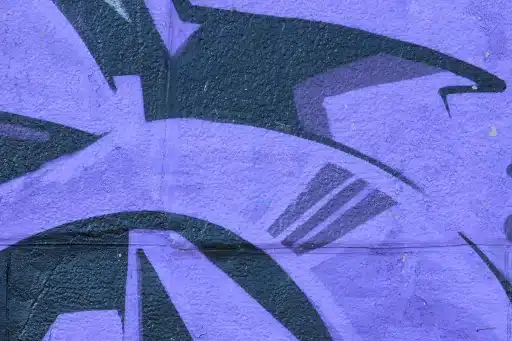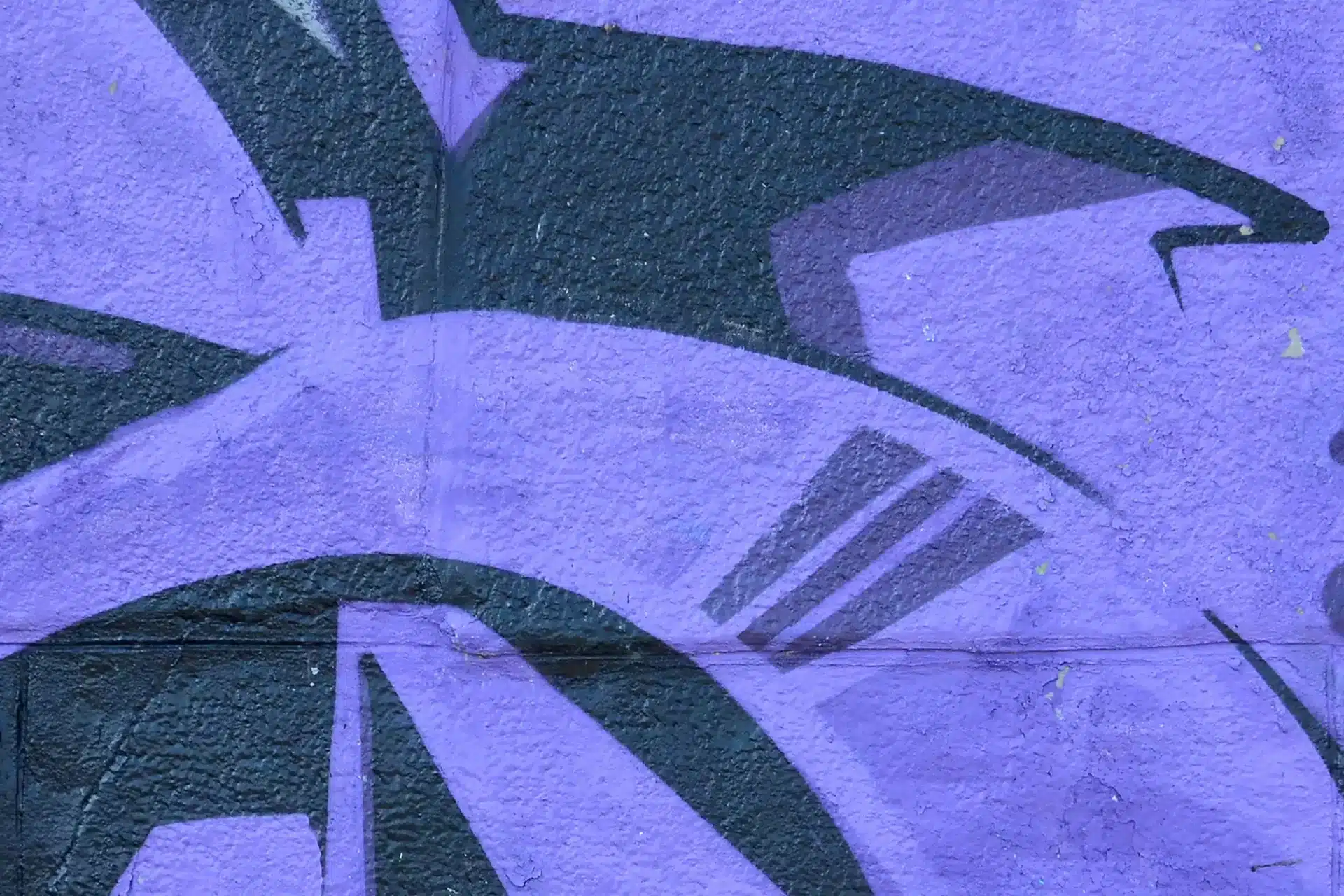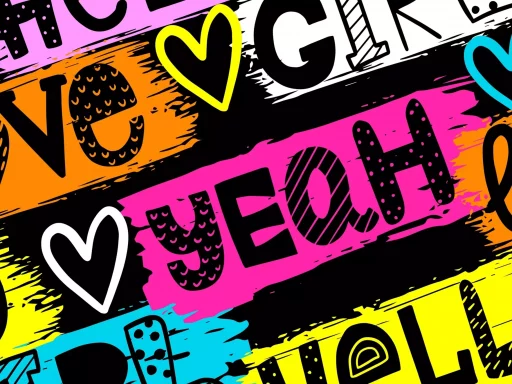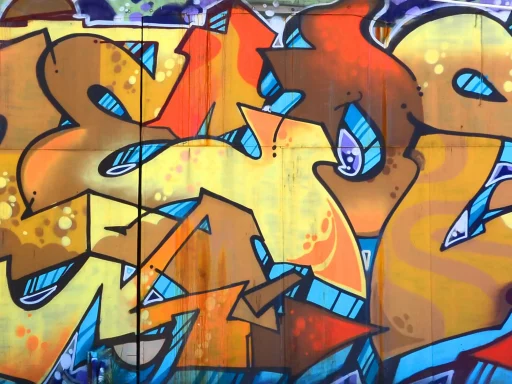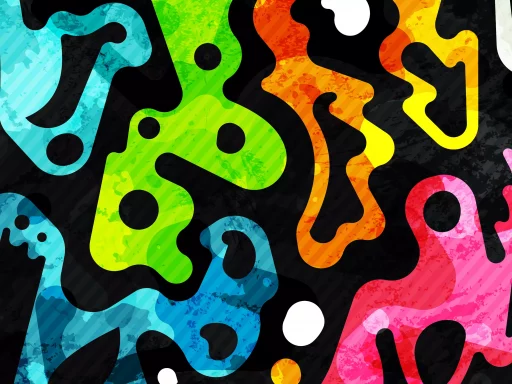What is Pink Slang?
Pink slang refers to a set of colloquial terms and expressions that are widely used within the LGBTQ+ community. This dynamic and evolving lexicon serves not only as a means of communication but also as a marker of identity and culture. Often playful and sometimes provocative, pink slang encapsulates experiences, nuances, and issues relevant to queer people.
Historical Context of Pink Slang
The origin of pink slang can be traced back to the mid-20th century when the LGBTQ+ community began to cultivate its own language as a form of resistance to societal norms and oppression. Terms and expressions were often created to subvert derogatory language and to build a sense of community.
Examples of Pink Slang
- Tea: Gossip or news, often used in the phrase “spilling the tea” to indicate sharing juicy details.
- Shade: Subtle, sneering expression of contempt; throwing shade means to insult someone indirectly.
- Werk: An empowering version of the word ‘work,’ it expresses confidence in one’s performance or appearance.
- Queer: Once used disparagingly, it has been reclaimed by many within the LGBTQ+ community to denote non-heteronormative identities.
- Slay: Performing exceptionally well, whether in fashion, drag, or any other area of life.
Case Studies of Pink Slang in Pop Culture
As pink slang permeates mainstream culture, its influence can be observed in various facets of pop culture including music, television, and social media.
For example, shows like RuPaul’s Drag Race have introduced terms like “Read” — a witty insult meant to be humorous rather than hurtful. This blending of language into entertainment has helped bring pink slang into the public consciousness, making it more widely recognized and accepted.
The Impact of Social Media on Pink Slang
With the rise of social media platforms, pink slang has experienced an exponential growth in usage and adaptation. Hashtags like #GayTwitter or #LGBTQ+ allow for the rapid spread of these terms among diverse audiences.
A survey conducted by GLAAD in 2021 found that 71% of LGBTQ+ youth engage with LGBTQ+ content on platforms like TikTok, Twitter, and Instagram, where pink slang is frequently used. This demonstrates a vital connection between language, identity, and community building in the digital age.
Statistics on Language and Identity
Language is inherently tied to personal and community identity. A study by The Williams Institute in 2019 indicated that a staggering 20% of LGBTQ+ individuals felt more empowered through the use of community-specific language, including pink slang.
- 70% of LGBTQ+ individuals believe that speaking their own language strengthens their identity.
- 60% use pink slang to relate to others within the community, enhancing social bonds.
- Over 50% reported that understanding pink slang helped them navigate cultural and social spaces like bars, clubs, and events.
Challenges of Pink Slang
While pink slang fosters community and identity, it also faces challenges. One major issue is the potential for appropriation. As terms move into mainstream culture, the original meaning can become diluted or misrepresented.
Moreover, the rapid evolution of language means that some members of the LGBTQ+ community may find it challenging to keep up, creating generational divides in language use.
The Future of Pink Slang
As society continues to evolve, so too will pink slang. With a growing acceptance of LGBTQ+ rights and identity, the lexicon will likely expand and adapt to new cultural phenomena. In the years to come, pink slang may further solidify its place in everyday language, influencing how future generations communicate.
Conclusion
Pink slang serves as a vital part of the LGBTQ+ identity and culture, encapsulating shared experiences and expressions of resilience. Understanding this language not only provides insight into the community but also fosters inclusivity and solidarity across diverse identities. Embracing and celebrating pink slang can lead to greater acceptance and understanding in our increasingly diverse world.
